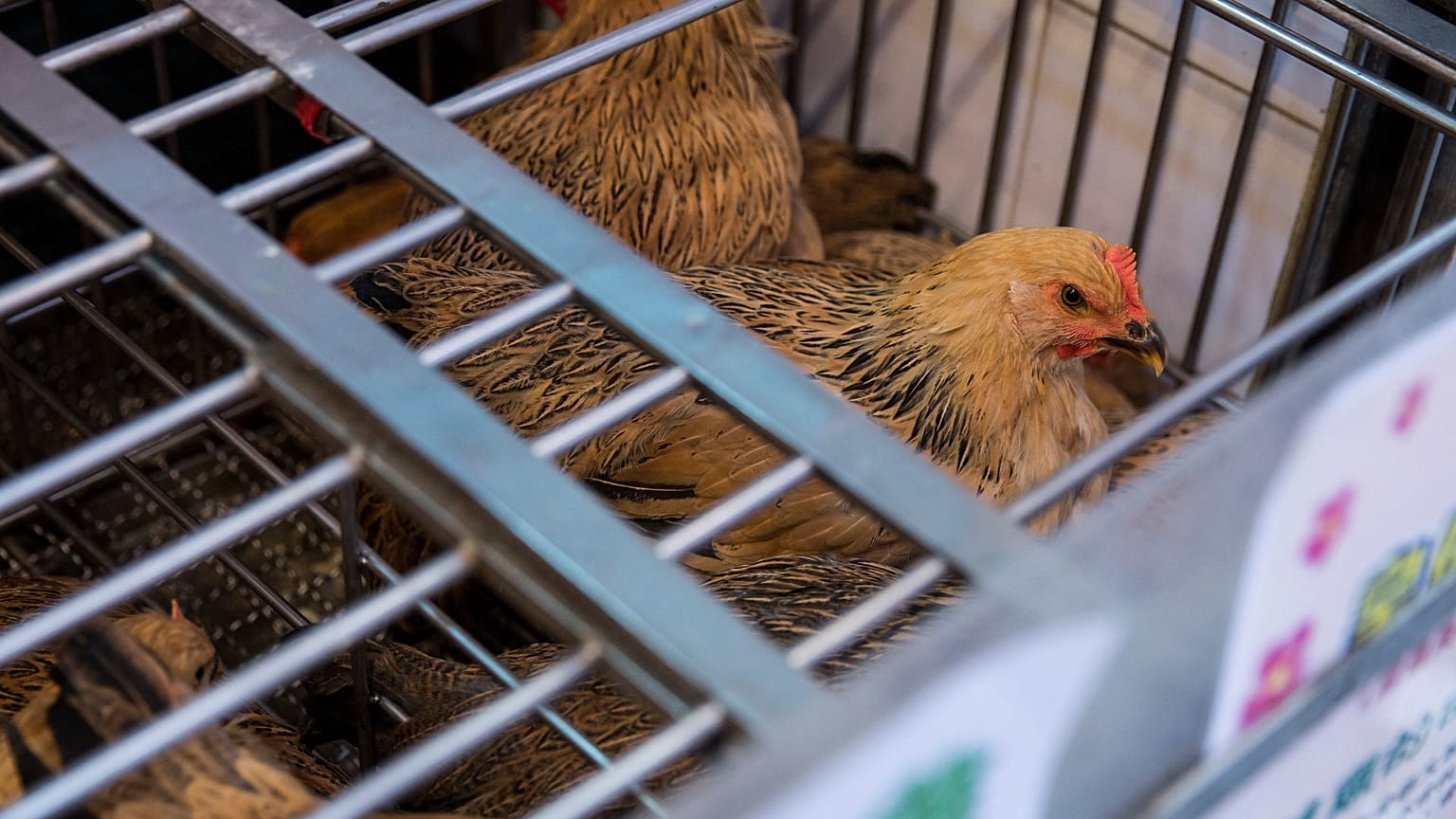Authorities in China have said the risk of large scale transmission is low, after the first case of H3N8 avian flu was detected in a young boy.
China has reported the first case of the H3N8 strain of avian flu in humans.
Known to infect horses, dogs, and seals, this is the first time the bird flu variant has been detected in a human.
Health officials have insisted the risk of human-to-human transmission is low.
Here’s what we know about the strain of bird flu and the first detected human case.
What is H3N8 avian flu?
H3N8 is a strain of avian influenza, or bird flu, which as the name suggests is a virus that spreads naturally through bird populations, especially wild aquatic birds around the world.
Domestic poultry can also get infected, as well as other bird and animal species.
H3N8 has been known to infect horses, dogs, and seals, and is also known as equine flu or canine flu.
It garnered attention when a US study published in 2012 found it caused fatal pneumonia in more than 160 seals along the US coast.
The H5N1 and H7N9 strains of bird flu, detected in 1997 and 2013 respectively, have been the primary cause of human cases of avian flu, according to the US Centre for Disease Control and Prevention (CDC).
Illness in humans from bird flu infections can range in severity of symptoms, from asymptomatic to severe disease that has resulted in death, the CDC notes.
Cases of human-to-human transmission of avian influenza are extremely rare.
First case of H3N8 in a human
China's Ministry of Health reported on Tuesday that a four-year-old boy had tested positive for the H3N8 strain, after he was taken to hospital in early April with a fever and no other symptoms.
The boy’s family raises chickens in central Henan province in an area populated by wild ducks.
The boy was infected directly from the birds, the health ministry said, adding that tests on people close to the patient showed "no abnormalities".
According to the ministry, the boy's case was the result of "one-off interspecies transmission" and "the risk of large-scale transmission is low".
Nevertheless, it called for people to stay away from dead or sick birds and to consult with medical professionals in case of fever or respiratory symptoms.
Should we be worried?
The World Health Organization (WHO) says bird flu in humans is primarily acquired through direct contact with infected animals or contaminated environments.
The viruses have not acquired the ability to sustainably transmit among humans.
The H3N8 strain has, however, been linked to a worldwide influenza pandemic in 1889, known as Russian Flu.
Erik Karlsson, deputy head of the virology unit at the Institut Pasteur in Cambodia, told Reuters its implication in that pandemic was "a major concern for the risk of the virus," and that it warrants expanded surveillance.
China's huge populations of both farmed and wild birds of many species provide an ideal environment for avian viruses to mix and mutate. Some sporadically infect people, usually those who work with poultry.
The WHO states the majority of human cases of bird flu infection have been associated with direct or indirect contact with infected live or dead poultry and that controlling the disease in the animal source is critical to decrease risk to humans.


















